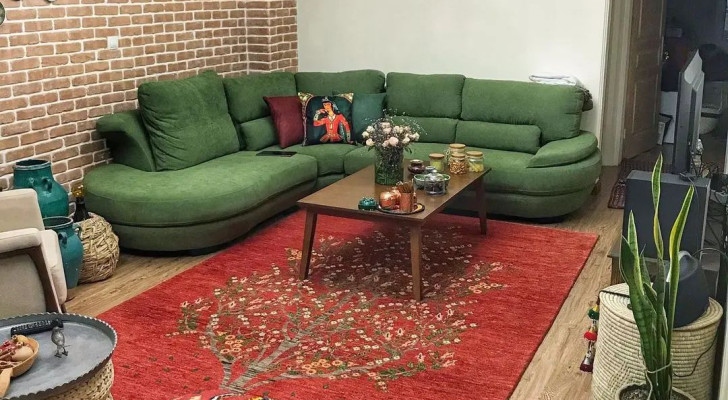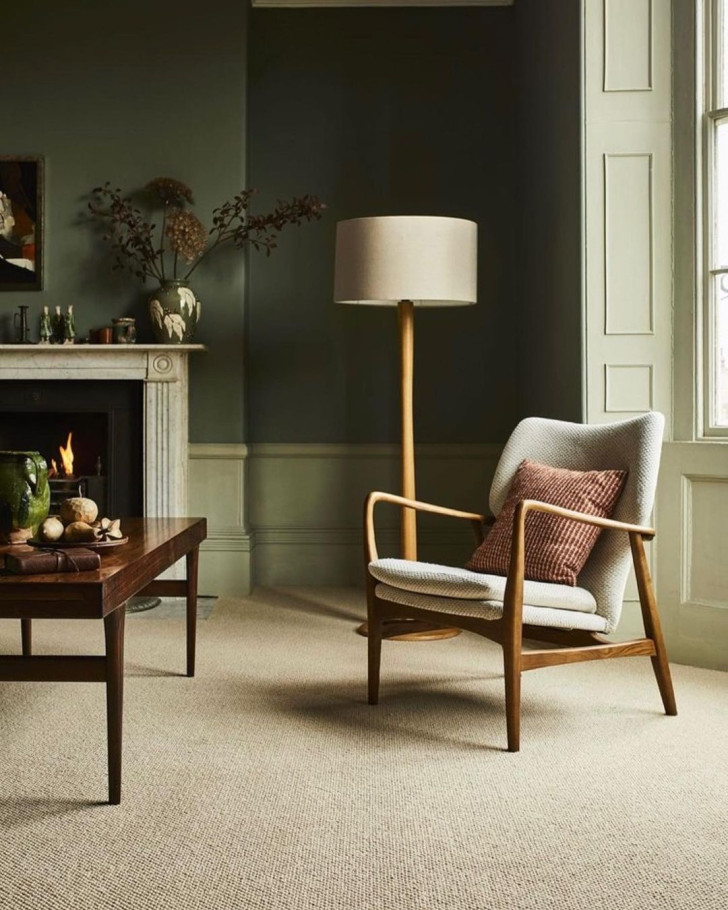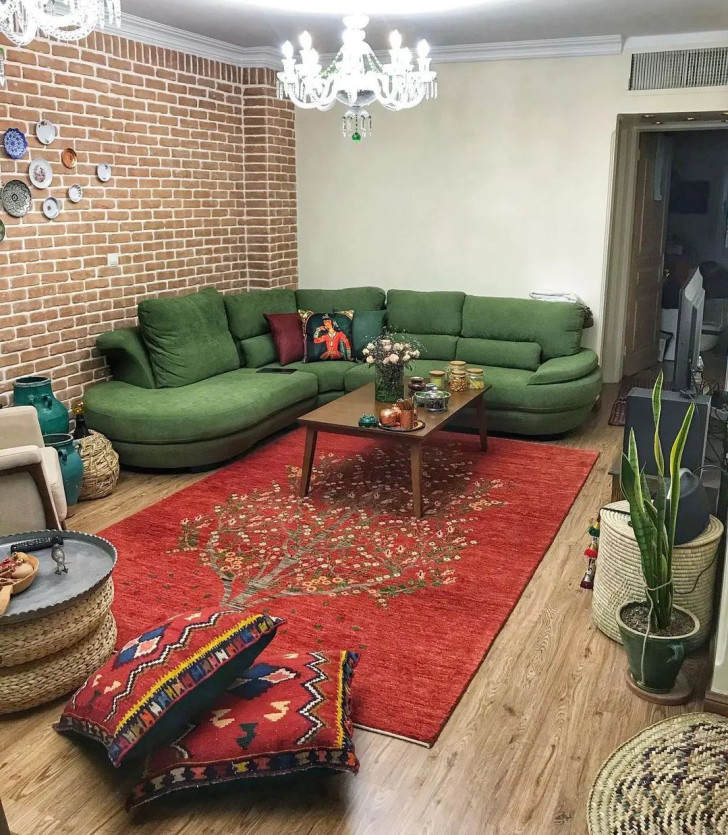Even the floors can affect your heating costs: what types are the most suitable for making savings?

Today, most of us are interested in reducing our power consumption for heating: this interest is primarily driven by concerns for the environment and ever-higher energy bills.
The type of flooring you have in the home can also impact your heating efficacy. Some floor types are "warmer" than others and this means you don't need to use as much power to heat your home.
In fact, 10-20% of heat dispersion/loss occurs through the floor and this can be reduced by choosing flooring that retains heat more efficiently. Let's find out which types of floors are more energy-saving.
Floors that reduce heat dispersion, reducing energy costs

Some types of flooring are more suitable for reducing heat loss and, therefore, power bills, and we list them here:
- Vinyl: vinyl is usually recommended for underfloor heating, as being thin and having high thermal conductivity, makes it suitable to radiate heat. Note, however, some vinyl coverings are designed to retain heat and will impede under-floor heating systems;
- Parquet: wood has high thermal insulating power and is considered the most suitable fooring material for stopping heat dispersion and maintaining correct thermal levels;
- Carpets: not only good-looking, carpet fibers are also good thermal insulators, capable of retaining heat and reducing your energy bills.
Cold floors

Some types of flooring are colder and increasing heat loss and, consequently, power bills. These floors are usually suitable for the installation of underfloor heating systems, but without such a system, these floors can lead to considerable increases in energy consumption: natural stone, tiles, PVC and some types of vinyl are notorious conductors of heat and can lead to very high energy costs.
Insulating cold floors

In addition to the already-mentioned underfloor heating systems, you can insulate a cold floor by putting down carpets. This solution is very simple but often under-appreciated. Place carpets in strategic areas of your home: for example next to beds and sofas or in bathrooms. The drawback of this "fix" is the need to frequently clean the carpets (that said, you can choose carpets that vacuumed and washed easily).
Have you reduced your energy bills by dealing with your flooring types?